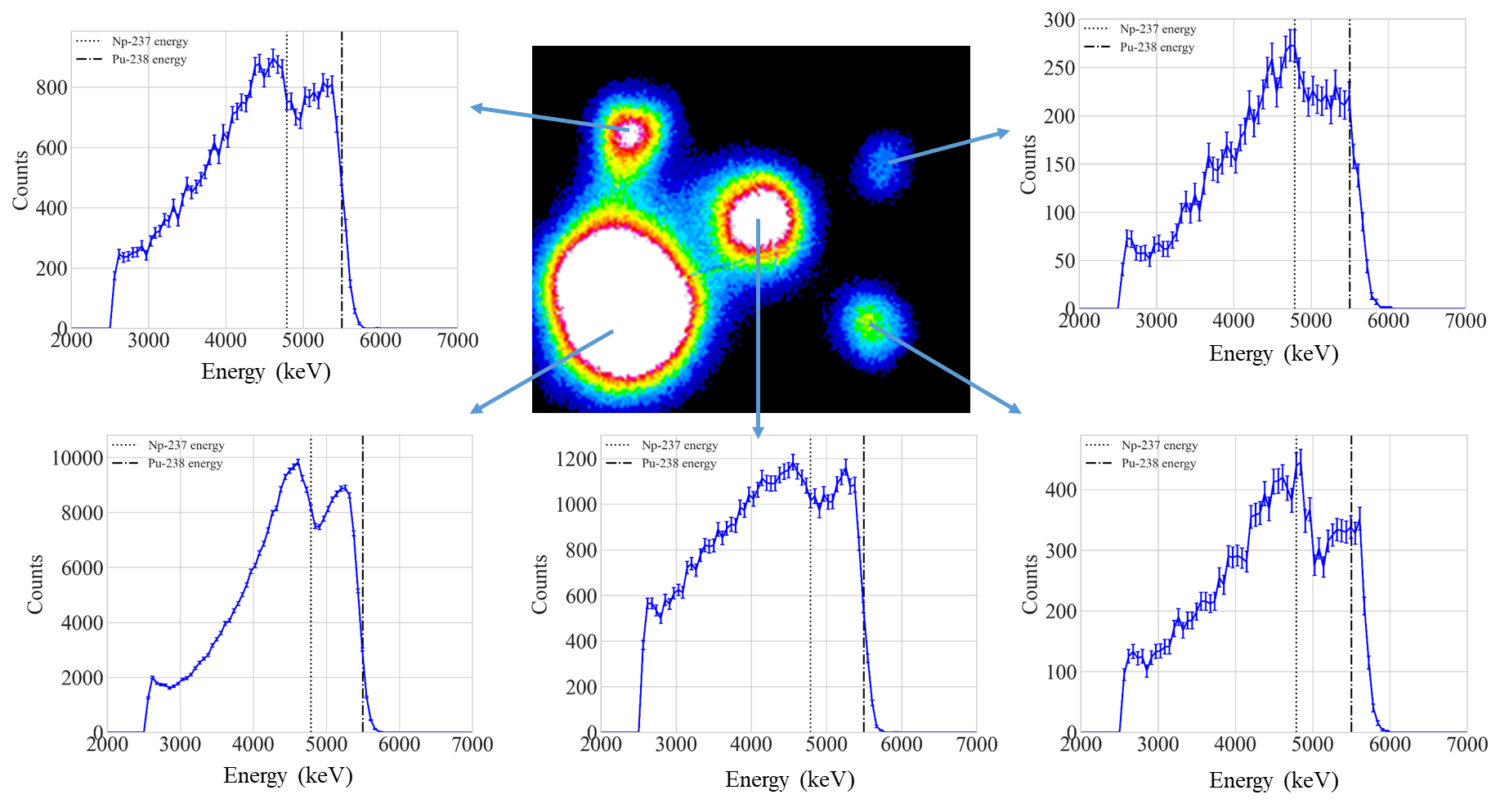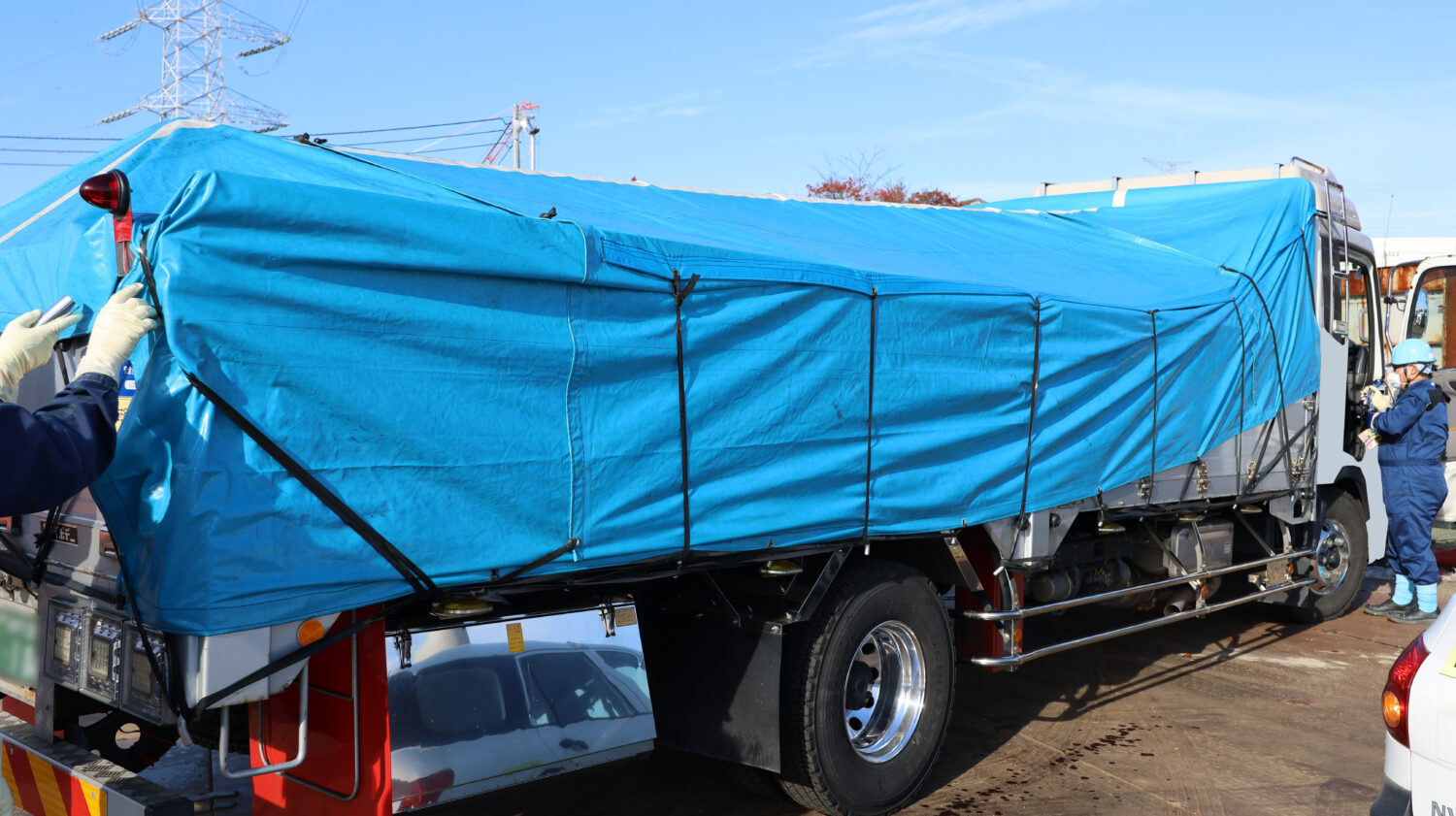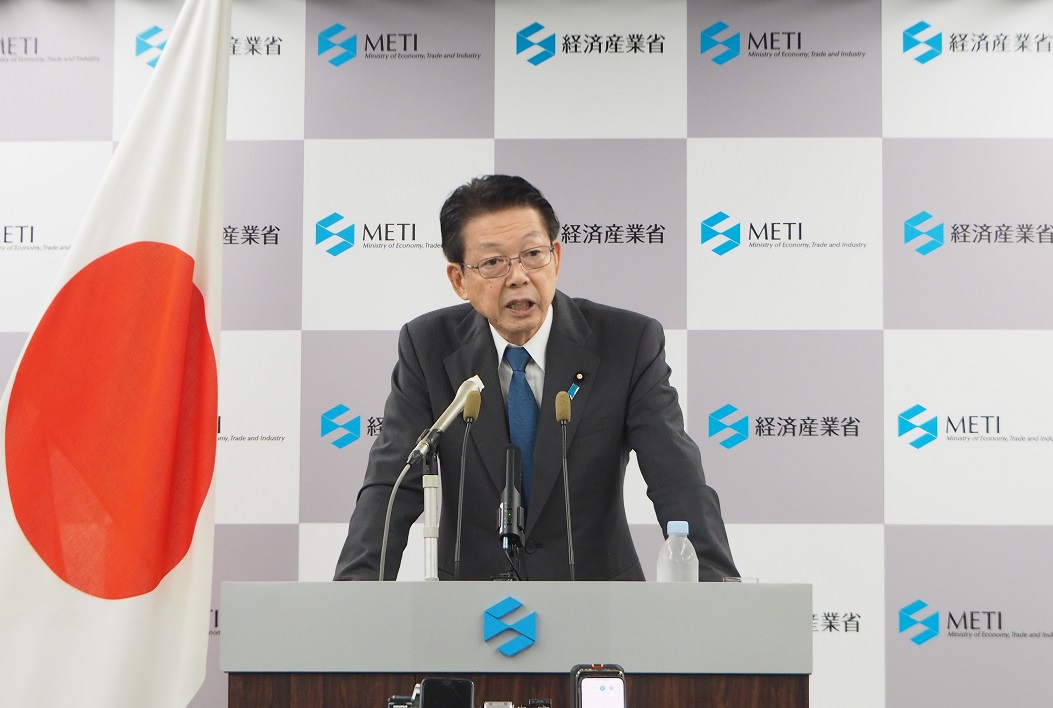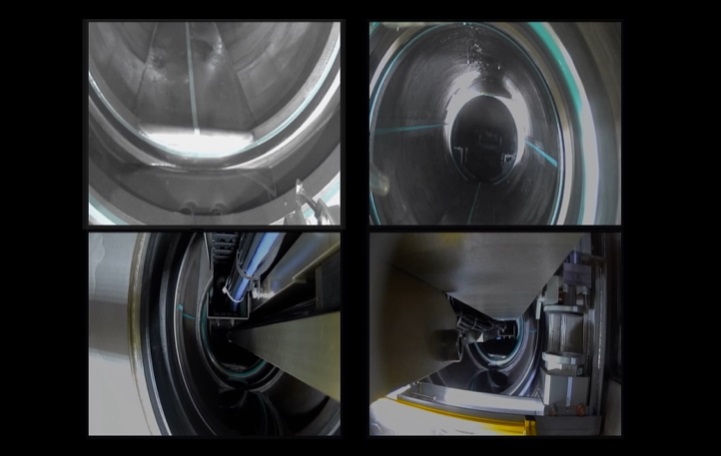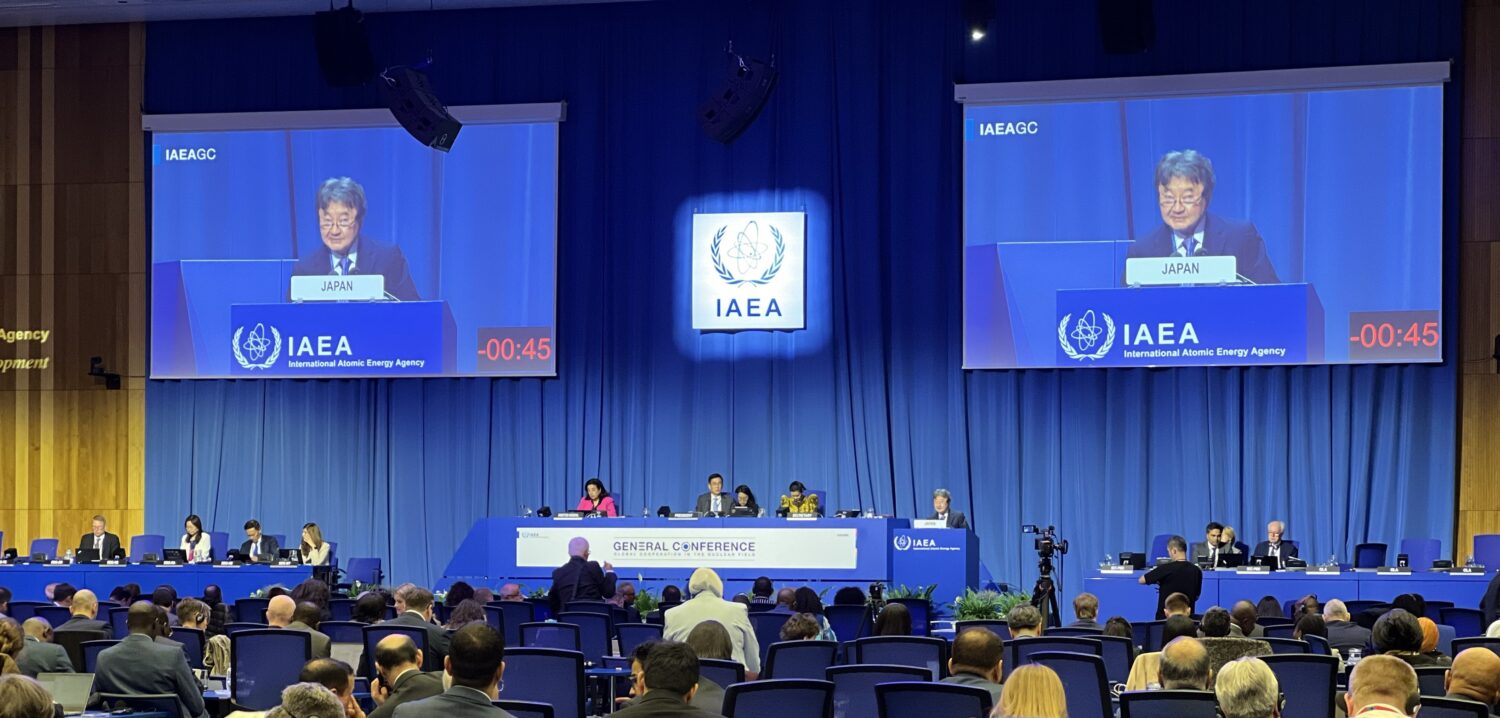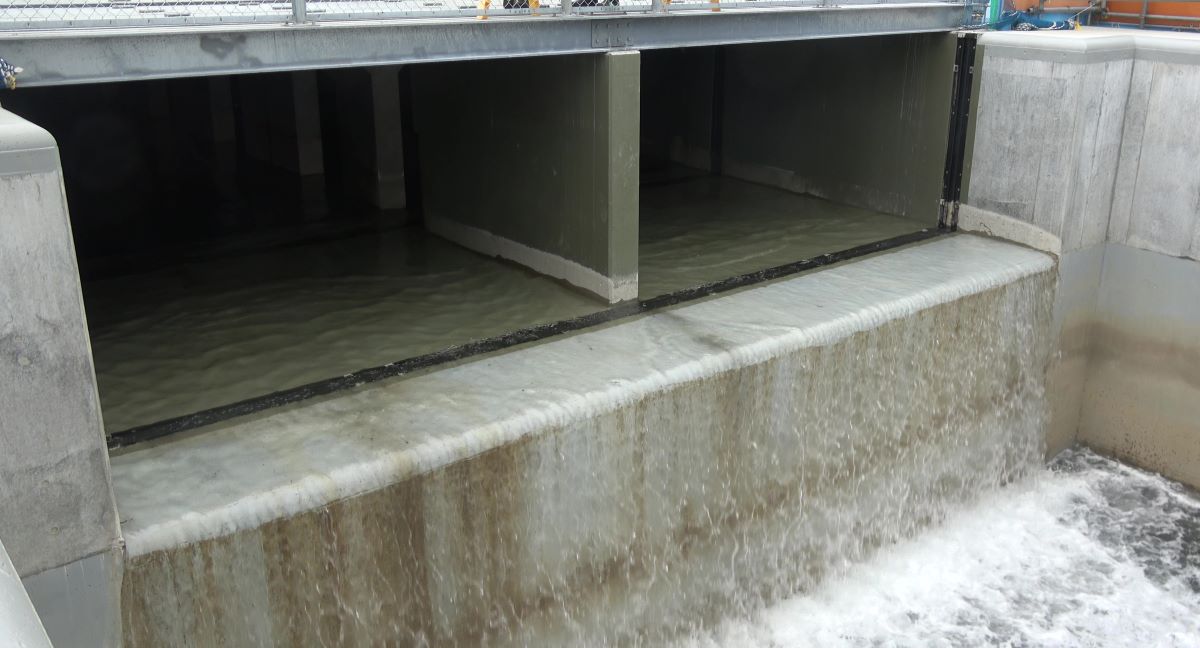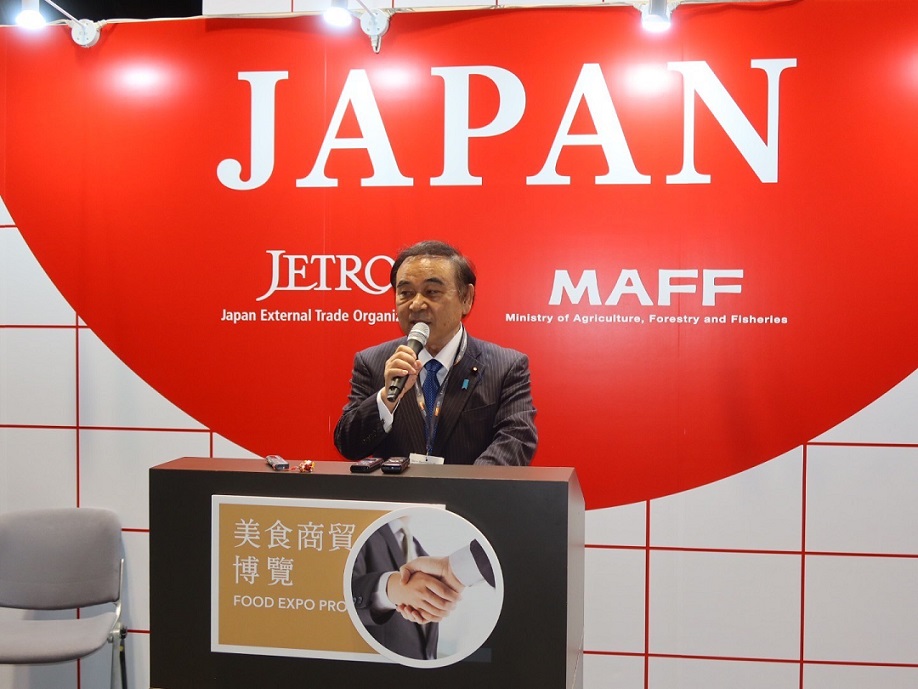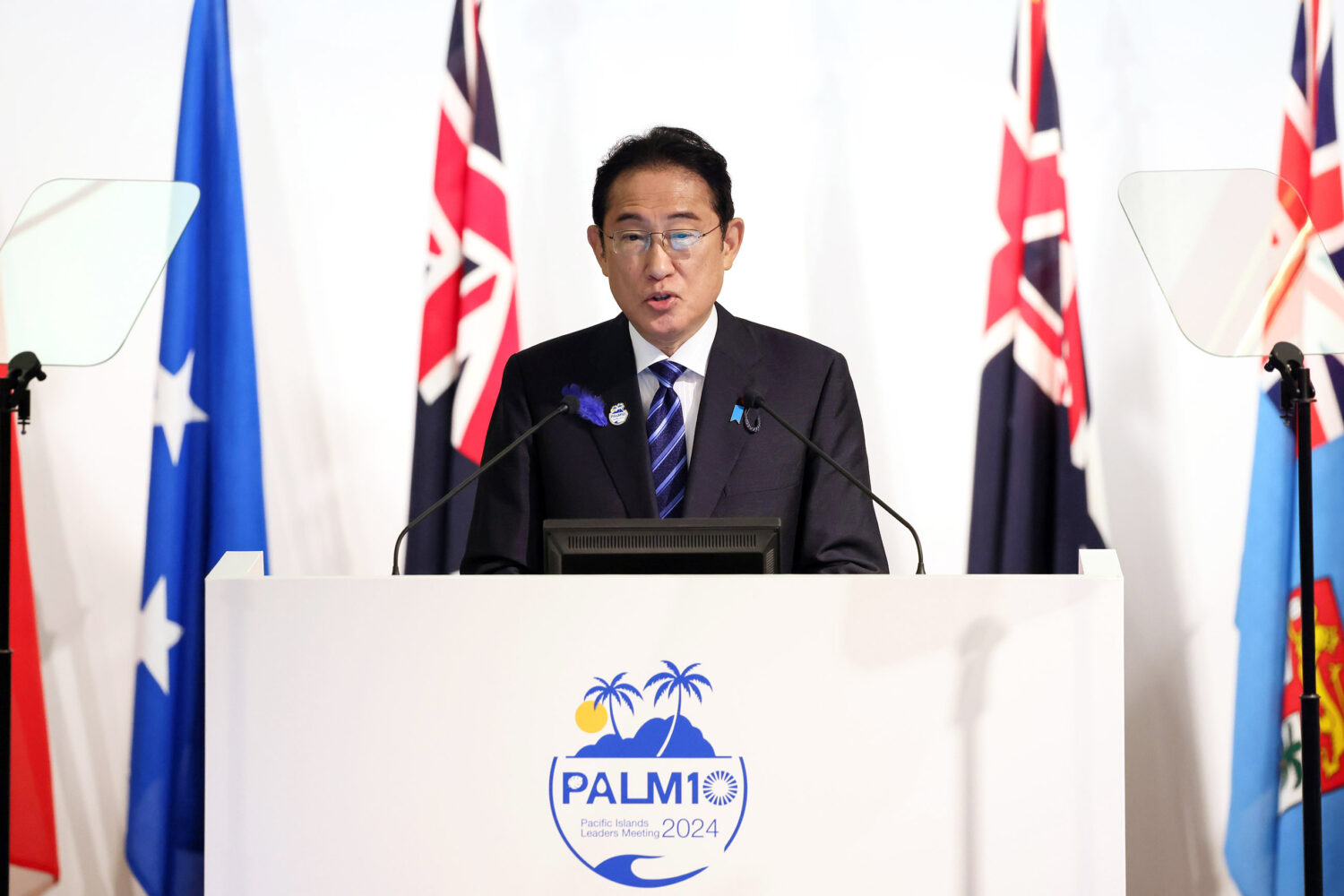The frozen-soil shielding wall project aims to freeze the ground at a depth of 30m deep, to a temperature of 30 degrees below zero (C). According to TEPCO, it is unclear how much soil is actually frozen now.
At one of the 18 points on the west side of the reactor buildings (i.e., away from the sea) where TEPCO began testing on April 30, the temperature of the soil some 40cm from a coolant pipe was measured at 15 degrees below zero (C) on May 13, or some 25 degrees colder than when the freezing operation began.
At the same time, however, there were multiple points where significant changes in temperature were not observed. TEPCO considers that to have been at least partially due to the thermometers being too far from the coolant pipes.
Trying to explain that, TEPCO representatives said, “The equipment was confirmed to be working properly, so we want to evaluate how the ground is freezing based on measurement data over a longer period.”
The frozen-soil shielding wall effort involves circulating a coolant in pipes installed across an area surrounding the buildings at Fukushima Daiichi measuring some 1.5km, and then freezing the ground to stop the inflow of groundwater to the buildings, while also preventing contaminated water from the reactor complex reaching the outside.



